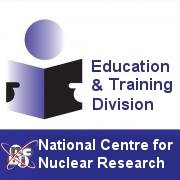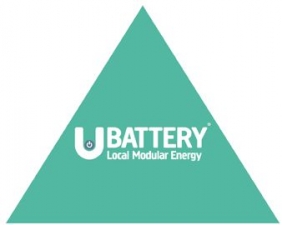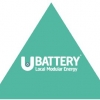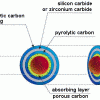NCBJ is considering a project to deploy HTGR research reactor in Świerk
2016.05.27 10:38 - adminNCBJ scientists are considering a project to deploy in Świerk a new generation research HTGR (High Temperature Gas-cooled Reactor). An intention letter signed in that matter with the U-Battery British consortium has paved the way to accomplish the project. The tentative agreement was reached during a recent two-day long visit of Polish Ministry of Energy officials in UK.
The U-Battery consortium groups several companies including URENCO, AMEC FW, ATKINS, Cammell-Laird, Laing O’Rourke. The letter was signed by Dominic Kieran, URENCO CEO and Professor Krzysztof Kurek, NCBJ Director General. The technology is particularly promising since HTGR reactors are relatively fool-proof. Also, they are producing industrial heat simultaneously with electricity (the so-called “co-generation”).
„Heat produced during the nuclear cogeneration process is usually used up by a large industrial plant for which the given reactor has been dedicated” – said Professor Grzegorz Wrochna, Chairman of the European Nuclear Cogeneration Industrial Initiative. – „Thermal power of HTGR reactors is usually not so large (a few hundred megawatts), but temperature is high enough to be useful in many industrial processes run in chemical industry or oil refineries. Those industry branches of strategic importance for national economy are interested in their own energy sources capable to make them totally independent on energy external suppliers”.
Polish-British cooperation in development of the HTGR technology was discussed by Andrzej Piotrowski and Michał Kurtyka, Polish Deputy Ministers of Energy, and Amber Rudd, British Minister of Energy and Climate Change. Fuel used in HTGR reactors is in the form of tiny uranium spheres coated with silicon carbide protective layer. The reactors are cooled by helium, a chemically inert gas. Both these solutions allow to safely operate HTGR reactors at much higher temperatures than those reached in typical water-cooled reactors. In effect, heat parameters are excellent for many industries. Due to high fuel resistance to extreme conditions, a HTGR reactor may automatically and safely (without risk of emission of radioactive substances to atmosphere) cool down even if all safety system fail and entire cooling medium is lost. Therefore such reactors may be safely deployed in a close vicinity of industrial plants thereby providing exceptionally low heat/electricity transmission losses.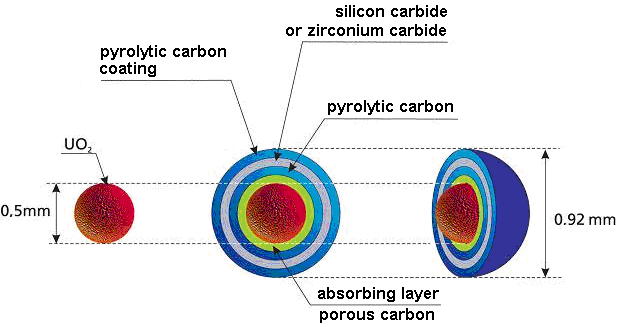
The TRISO fuel for HTGR reactors
For constructional reasons, power of HTGR reactors must remain significantly smaller than power of typical light water reactors. Therefore they are unsuitable to implement the Polish nuclear power programme that is to deliver the combined electrical power of about 6,000 MW. Such power could be supplied by 4–6 large light water reactors, or by a few dozen HTGR reactors. The latter alternative is definitely not cost-effective. However, if industrial high-temperature heat is in demand additionally to electricity, HTGR becomes justified from the cost-effectiveness balance point of view.
NCBJ scientists would wish a research HTGR reactor of 10 MWt and 4 MWe power to be deployed in Świerk before 2025. „Participation of NCBJ experts in design works, safety analyses, and constructional works on HTGR reactor would help to build up / strengthen their competences, which are important also for the currently run programme to develop the first nuclear power plant in Poland. At the same time, a programme to develop HTGR reactors for Polish energy-intensive industries might give them a significant competitive edge.” – said Professor Kurek.


